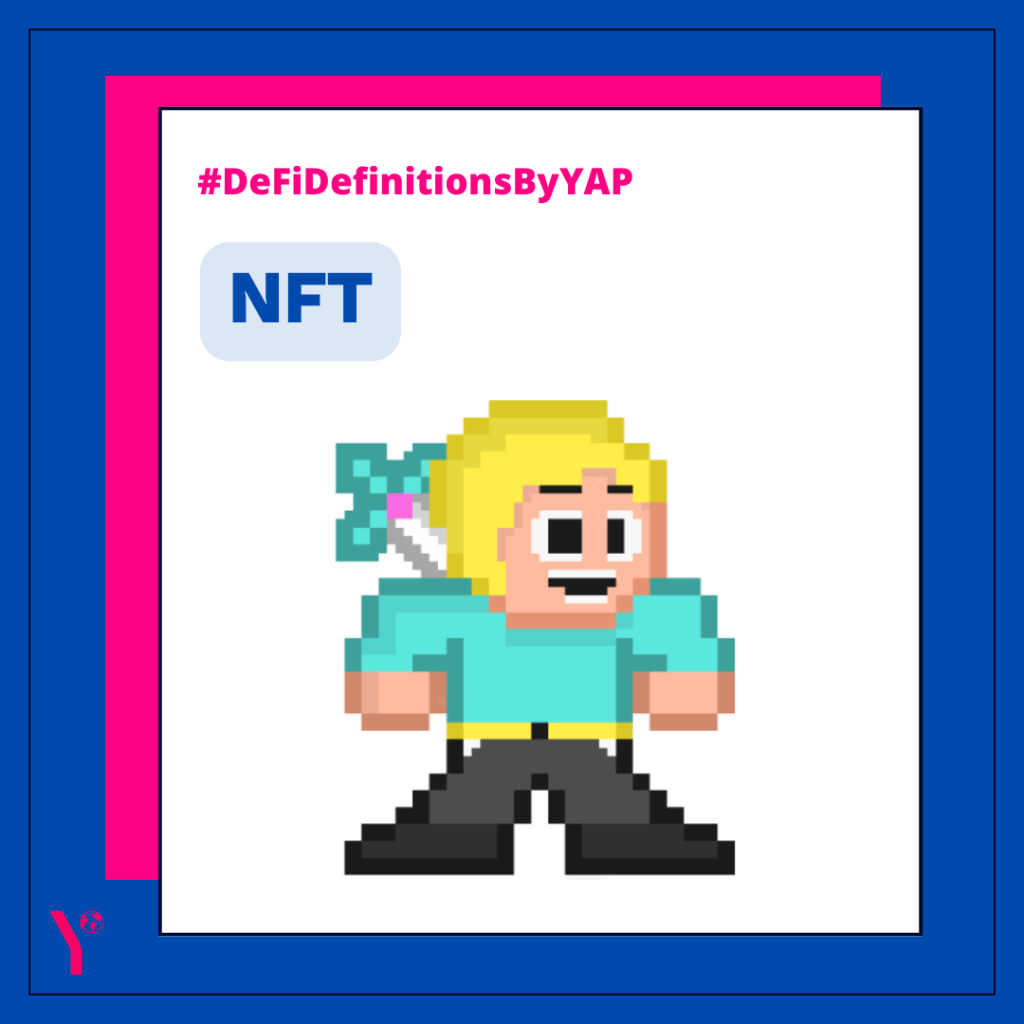Non-fungible tokens (NFTs) are verifiable representations of digital goods on a blockchain. They use blockchain’s distributed ledger technology to authenticate, track and verify ownership.
Each NFT has its own unique transaction hash, making it non-replicable and an irrefutable proof of ownership. Due to its unique and non-interchangeable properties, it can act as a certificate of authenticity that lives forever on the blockchain.
NFTs first gained momentum when viral meme faces started getting minted as NFTs to circumvent the issue of free distribution and commercial use without attribution. In the art world, NFTs have been a game changer for digital artists who are able to track the provenance and monetary value of their work. Purchasing an NFT enables users to go from being online renters to online owners, giving users exclusive digital ownership although the creator may retain that asset in its tangible form such as a physical painting that has been digitised.
Looking beyond the art world, there has been an increase in commercial adoption of NFT technology being applied in outside industries. NFTs can build up a brand’s identity, community and customer loyalty, revolutionising brand-to-customer engagements. For instance, publishing giant Pearson utilises NFTs to track digital sales and capture any lost profit in the secondary market. NFTs have been criticised as a volatile asset of dubious value; only time will determine who is right.
